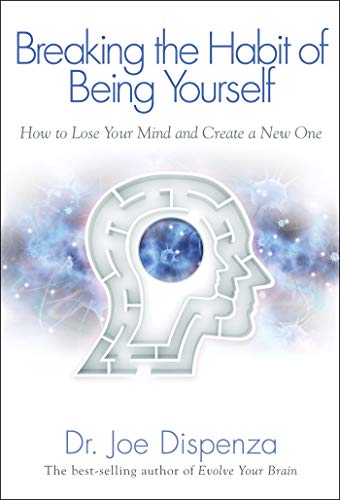
Your Brain on Art: How the Arts Transform Us

The Body Keeps the Score: Brain, Mind, and Body in the Healing of Trauma
Bessel van der Kolk • 34 highlights
amazon.com

Breaking the Habit of Being Yourself: How to Lose Your Mind and Create a New One
Joe Dispenza • 2 highlights
amazon.com

Harold T. Harper and added



Into the Magic Shop: A neurosurgeon's true story of the life-changing magic of mindfulness and compassion that inspired the hit K-pop band BTS
amazon.com